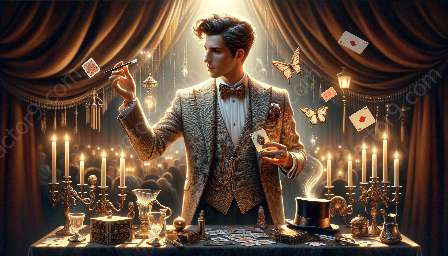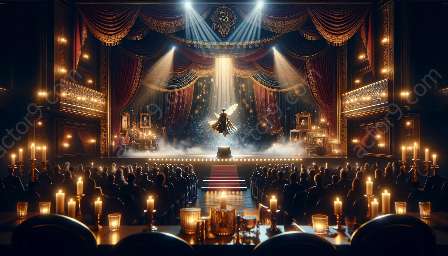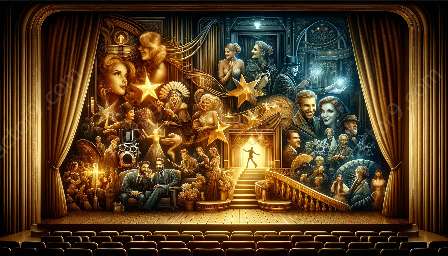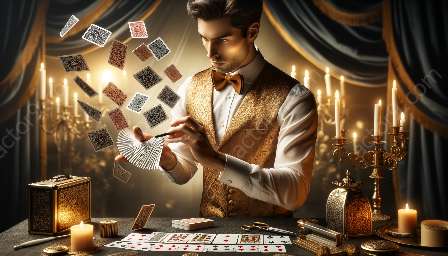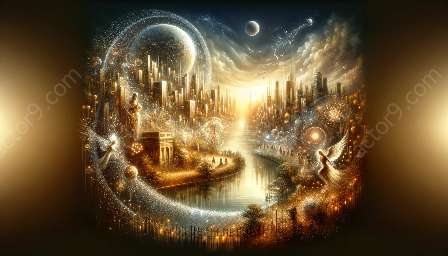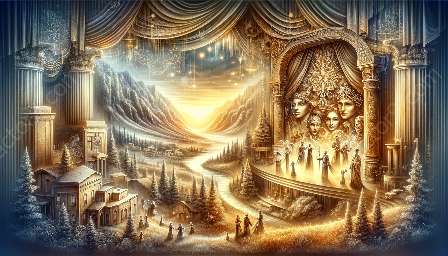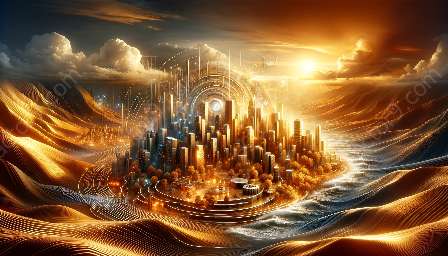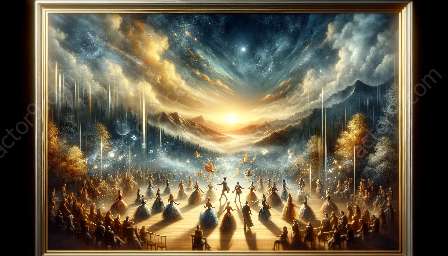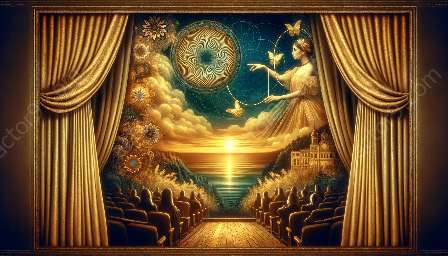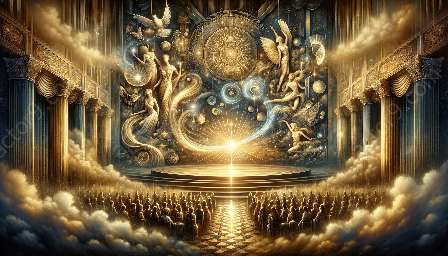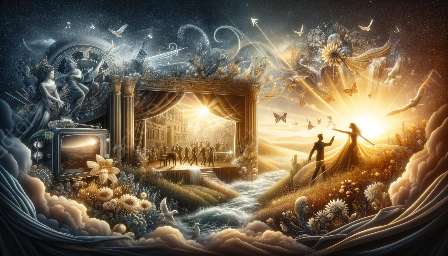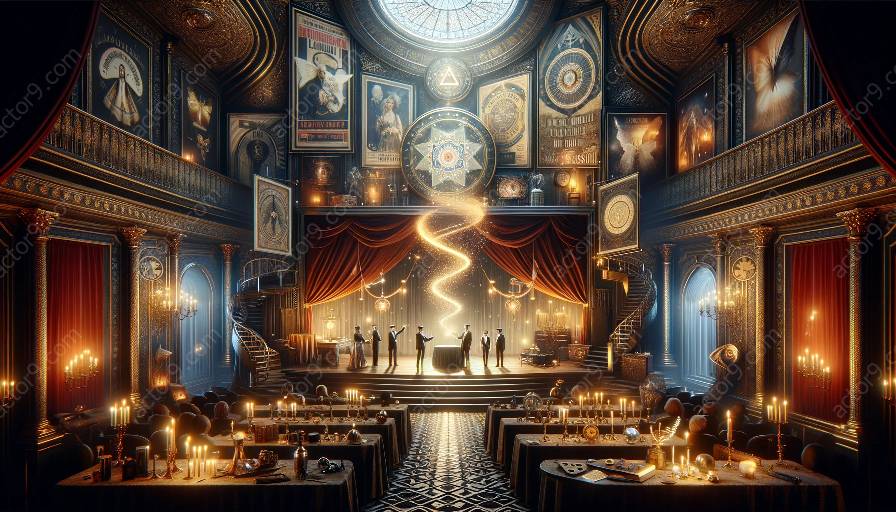In exploring the connections between magic and illusion and early forms of music and dance, it becomes apparent that these art forms share a rich history intertwined with cultural, spiritual, and entertainment significance.
The Historical Significance
Magic and illusion have been an integral part of human history, with accounts of magical performances dating back to ancient civilizations such as Egypt, Greece, and China. Early magicians and illusionists often used music and dance as a means to enhance their performances and captivate their audiences. This connection between magic, illusion, music, and dance can be traced through various historical records and artifacts.
Cultural Significance
Across different cultures, magic and illusion have been linked to music and dance as a means of invoking spiritual or supernatural powers. Shamanic rituals, for example, often incorporated music and dance alongside magical practices to communicate with the spirit world or to bring about healing and transformation. In many indigenous cultures, music, dance, and magic were intertwined as essential components of communal ceremonies and rites of passage.
Entertainment Value
Furthermore, the connection between magic, illusion, music, and dance has contributed significantly to the world of entertainment. From the mesmerizing performances of ancient court magicians to the elaborate stage shows of modern illusionists, music and dance have been used to create an immersive experience for audiences, adding a layer of emotional depth and theatricality to magical performances.
Influence on Early Forms of Music and Dance
Early forms of music and dance were often influenced by the themes and imagery associated with magic and illusion. In ancient folklore and mythology, music was believed to possess magical qualities, capable of enchanting listeners and evoking emotions. Similarly, dance was seen as a form of spiritual expression, often intertwined with rituals and ceremonies that invoked symbolic gestures of transformation and transcendence.
Evolution of Performance Arts
As civilizations evolved, the connections between magic, illusion, music, and dance continued to shape the performance arts. The emergence of theatrical traditions, including opera, ballet, and stage magic, further emphasized the integration of these art forms, leading to the development of sophisticated techniques and choreography that combined magical illusions with musical and dance elements.
Cultural Impact
The intertwining of magic, illusion, music, and dance has left a lasting impact on cultural expressions worldwide. From the mystic rituals of ancient civilizations to the modern-day spectacles of world-renowned magicians and performers, the connections between these art forms continue to inspire awe, wonder, and creativity, providing a testament to their enduring influence on human imagination and cultural heritage.


